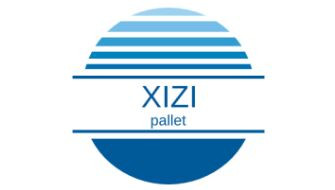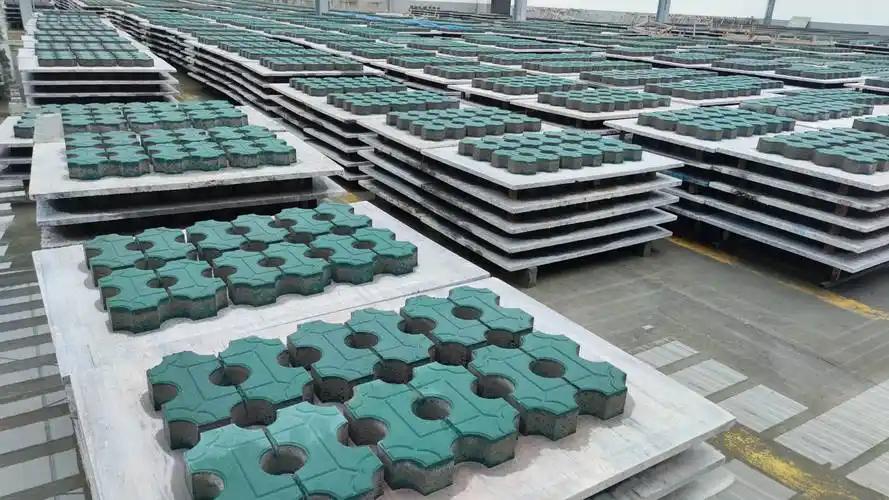The Future of Sustainable Construction: The Rise of Non-Fired Brick Machines
Introduction
In an era where sustainability and environmental consciousness are at the forefront of industrial innovation, the construction industry is undergoing a significant transformation. One of the most promising advancements in this sector is the development of non-fired brick machines, also known as hydraulic brick presses or eco-friendly brick-making machines. Unlike traditional fired bricks, which require high-temperature kilns and consume vast amounts of energy, non-fired bricks are manufactured without burning, making them a greener and more cost-effective alternative.
This blog explores the technology behind non-fired brick machines, their benefits, applications, and why they represent the future of sustainable construction.
What Are Non-Fired Bricks?
Non-fired bricks are building blocks made from raw materials such as fly ash, cement, slag, quarry dust, or soil, compacted under high pressure rather than being fired in a kiln. The absence of a firing process reduces carbon emissions and energy consumption significantly.
Key Materials Used:
- Fly Ash (a byproduct of coal combustion)
- Cement-Stabilized Soil (soil mixed with a small percentage of cement)
- Industrial Waste (slag, construction debris)
- Lime-Based Binders (for chemical stabilization)
How Do Non-Fired Brick Machines Work?
Non-fired brick machines operate using hydraulic pressure to compress raw materials into solid bricks or blocks. The process involves:
- Mixing – Raw materials are blended with water and a binding agent (e.g., cement or lime).
- Compression – The mixture is fed into a mold and subjected to high-pressure compaction (typically 15-30 MPa).
- Curing – The freshly pressed bricks are left to air-dry or steam-cure, gaining strength over time without firing.
Types of Non-Fired Brick Machines:
- Manual Press Machines (small-scale, low-cost)
- Semi-Automatic Machines (moderate production capacity)
- Fully Automatic Machines (high-output, industrial-scale production)
Advantages of Non-Fired Brick Machines
1. Eco-Friendly Manufacturing
- No CO₂ emissions from kiln firing.
- Utilizes industrial waste (fly ash, slag) that would otherwise pollute landfills.
2. Energy Efficiency
- Requires 70-90% less energy than traditional brick-making.
3. Cost-Effective Production
- Lower fuel and operational costs.
- Reduced transportation expenses (materials can often be sourced locally).
4. High Strength & Durability
- Properly compressed non-fired bricks can match or exceed the strength of fired bricks.
- Resistant to weathering, erosion, and moisture when stabilized correctly.
5. Versatility in Design
- Can produce interlocking bricks, hollow blocks, and paving tiles.
Applications of Non-Fired Bricks
Non-fired bricks are widely used in:
- Affordable Housing Projects (low-cost, sustainable homes)
- Road Pavements & Landscaping (paving blocks, kerbstones)
- Industrial Construction (factories, warehouses)
- Disaster-Resistant Structures (earthquake-prone areas due to their flexibility)
Challenges & Considerations
While non-fired brick technology offers numerous benefits, some challenges remain:
- Limited Market Awareness – Many builders still prefer traditional fired bricks.
- Curing Time – Non-fired bricks require proper curing (7-28 days) to achieve full strength.
- Material Availability – Fly ash or slag may not be accessible in all regions.
However, with increasing environmental regulations and the push for green building certifications (like LEED), non-fired bricks are gaining traction globally.
Conclusion: A Step Toward Greener Construction
Non-fired brick machines represent a win-win solution for both the construction industry and the environment. By eliminating the need for energy-intensive kilns and repurposing industrial waste, this technology aligns perfectly with the principles of circular economy and sustainable development.
As governments and corporations worldwide commit to net-zero carbon goals, adopting non-fired brick production could play a pivotal role in reducing the construction sector’s environmental footprint. Whether for large-scale infrastructure or community-driven housing projects, these machines are paving the way for a cleaner, greener future in building.
Are you considering switching to non-fired bricks? Share your thoughts in the comments!
#SustainableConstruction #GreenBuilding #NonFiredBricks #EcoFriendlyTech #InnovationInConstruction

